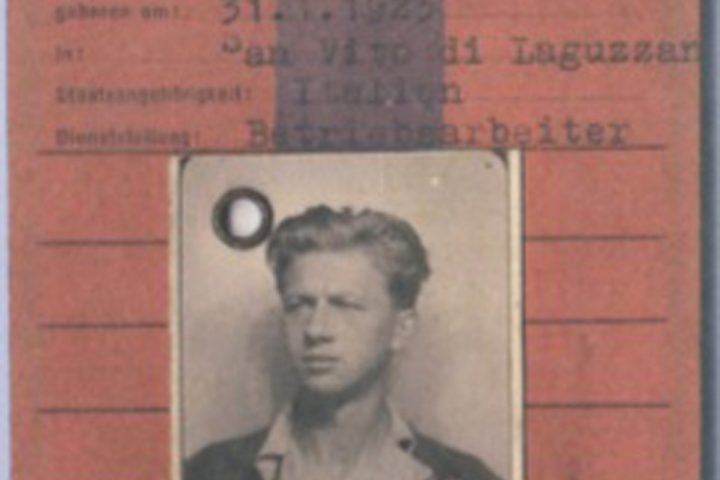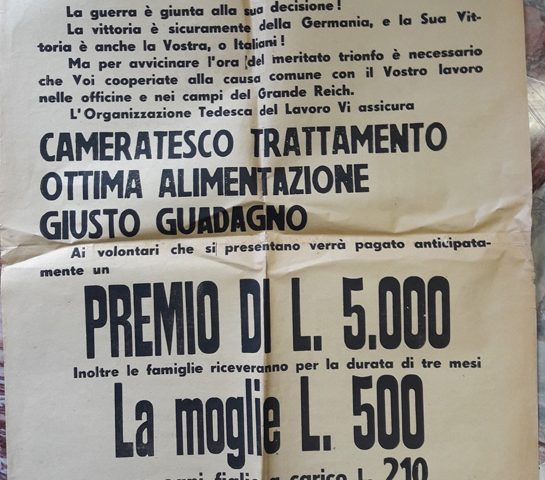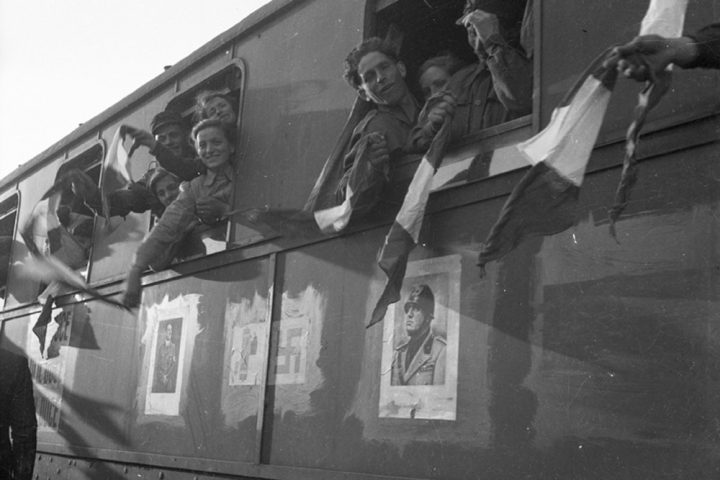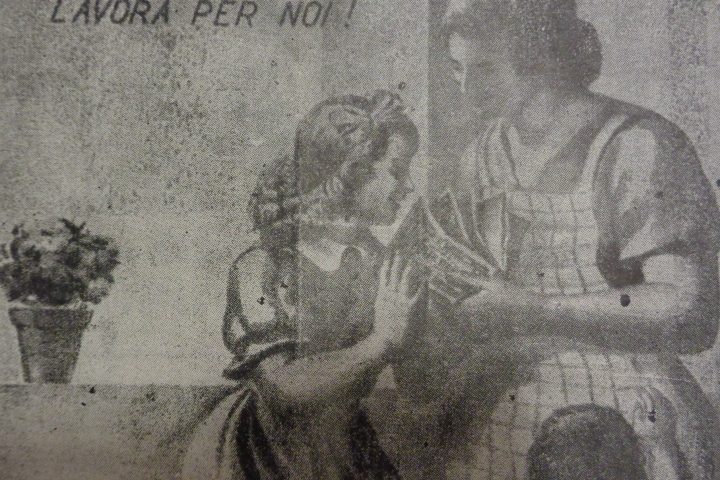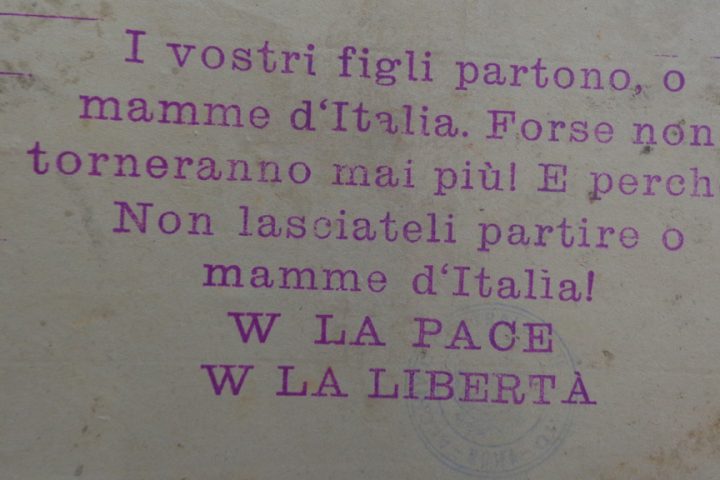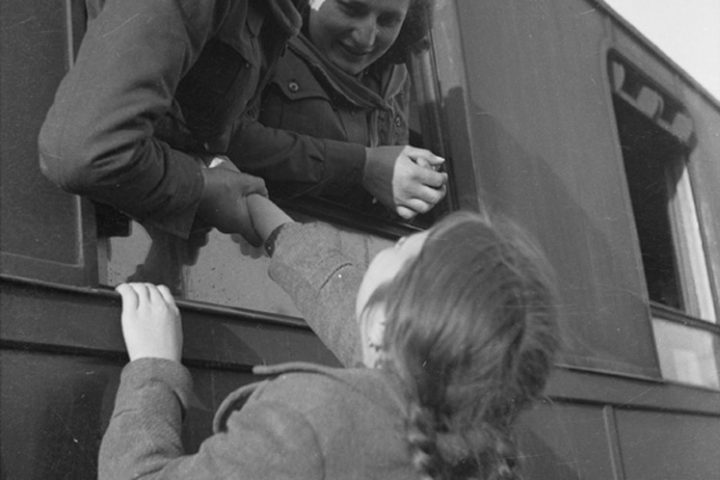In the Vicenza area, starting from mid-February 1944, call-up papers for work in Germany were sent to male and female workers, leading to deep malcontent. The situation precipitated with the call for medical examinations, so much so that the companies in the Vicenza industrial areas began to strike in succession, first in Schio and then Valdagno. With the widening of the protest, “subversive” flyers were distributed everywhere, in particular opposing the recruitment of women for work in Germany. This was seen as a moral offence, since – it was argued – in the Reich, they would be exposed to both…
The Italo-German agreements of 1937-38 regarding the sending of Italian workers to Germany offered a solution to the serious employment situation in Venice and the provinces, with the result that in 1940 the industrial workers present in the Reich already numbered 2000. On 12 September 1943 Venice and the surrounding area were occupied without resistance by the German troops. On 15 September an initial notice was issued which, among other things, ordered officers, excluding those who had already enlisted in the Wehrmacht, to report to the “Terminus” and “Germania” hotels by 8 pm on the same day. A second notice,…
In the early 1940s Treviso was above all a farming province: over 60% of the working population was engaged in this sector. The Treviso area had been one of the areas most involved in the emigration of labour towards Germany, which started in 1938, following the economic agreements between the two regimes. Certainly, both the geographical proximity to the German-speaking world and the tradition of cross-border migrations had played a role. A significant number of these workers remained in the Reich also after 8 September, while others agreed to return because they lacked stable employment; they found themselves facing daily…
After a clumsy attempt to transfer entire families to the lands of the Reich for agricultural work, on 19 February 1944 the prefect Federico Menna ordered all the municipal heads, the podestà, and prefectural commissioners of the province of Rovigo to submit by 10 March the lists of those who could be drafted into work in Germany, without distinction between men and women. The intention was to leverage the traditional industriousness of the Polesine people to make recruitment as voluntary as possible, but given the decidedly insufficient response, all citizens, regardless of social status, were conscripted. “Workers” was intended as…
Since November 1943, notices for the voluntary enlistment of Italian workers for the Reich had appeared repeatedly in local newspapers in Padua, and brightly-coloured posters were posted on the walls, reporting the great advantages offered to those who agreed to go to work in Germany: high wages, excellent treatment, payment of part of the salary to families in Italy, salary bonus paid upon crossing the border; equipment allowance, doubled family allowances, severance pay, and life insurance. The task of recruiting voluntary workers for the Reich was entrusted to the “Group for the employment of manpower”, an office located in Padua…
Veneto, where German occupation began on 10 September 1943, was immediately considered a valuable reservoir of manpower to be employed in the territories of the Reich, and later, in the face of a possible Allied advance, in the construction of defensive works locally. Despite the repeated job advertisements, and working conditions which at least on paper seemed attractive, voluntary applications to move to Germany were extremely rare in all the provinces. Therefore, having carried out the census, updated several times, of the potential working population, on the basis of the lists prepared by the municipalities and sent to the Employment…
